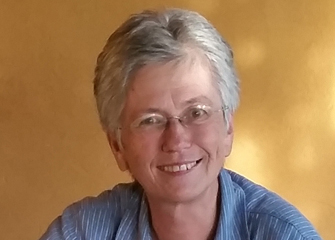Biosphere
Biosphere
Sessions
Save Our Species
Dr. Christine Breitenmoser-Würsten
Due to habitat destruction, pollution, poaching, illegal hunting and fishing, and climate change, species around the world are becoming extinct at an alarming rate. This is best recorded by the IUCN, the International Union for the Conservation of Nature, in its periodical Red List.
Save Our Selvas
Prof. Dr. René Boot
The need to broaden our view on the link between Forest and climate change
In the past decades the relationship between forests and climate change has focused on the amount of carbon stored in forests and the amount of carbon dioxide released when forests are converted in other land uses. Only recently we begin to understand the relationship between patters of rainfall and forest cover. Studies showed that forests evaporate large amounts of water into the atmosphere and that half of that amount returns to land in the form of rainfall. Continuous forest cover therefore plays an important role in interior rainfall patterns. Although debated these findings will broaden our view of the link between forests and climate change and subsequently require a broader portfolio of policy measures than the current ones.
Save Our Seeds
Dr. Robbert van Treuren
Our present-day crops for food and agriculture have once been developed from wild plant species through adaptation by humans, a process that is known as domestication. This process resulted in crops in which only a subset of the wild genetic diversity was represented, a concept that is referred to as the domestication bottleneck. More recently, the modernization of agriculture further reduced the genetic diversity within our crops. This reduction forms a serious threat to the availability of genetic diversity in plant traits that are necessary for further crop improvement. The notion that this genetic erosion eventually may threaten our food security lies at the basis of the establishment of gene banks. Despite their efforts to conserve the genetic diversity contained within landraces and old cultivars, the necessary variation for crop improvement often can no longer be found in cultivated materials. Therefore, plant breeders nowadays often resort to wild relatives that are inter-fertile with the crop species in order to find and use the traits of interest. However, access to this genetic diversity is hampered by the fact that wild relatives are severely underrepresented in gene bank collections, while many species are at risk in nature due to various human influences, including habitat destruction and climate change. To ensure availability of our seeds for crop improvement sound protection measures are needed for wild species in nature, backed up by the conservation of genetic resources in gene banks.



